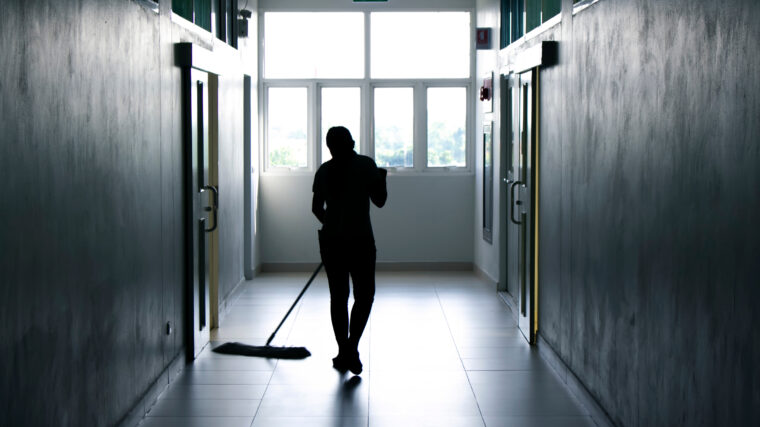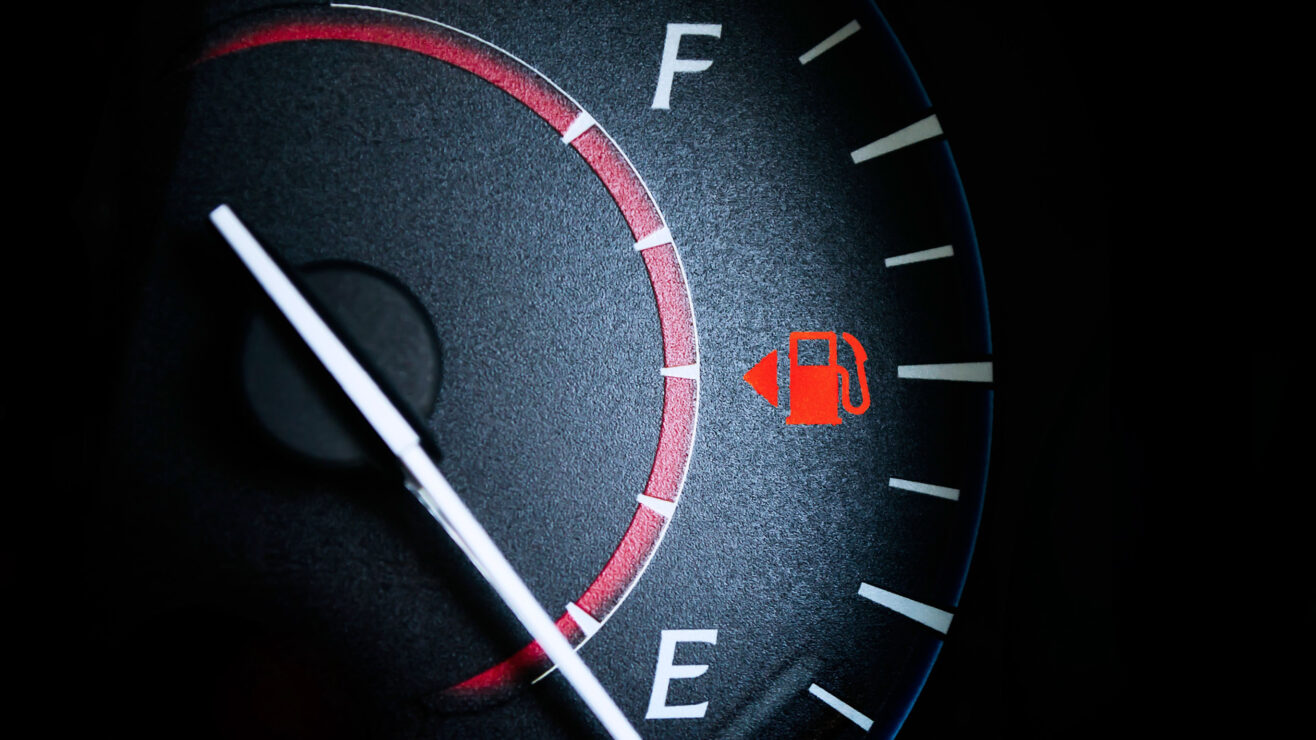Higher education reform in any country cannot be viewed as a project that has a clear end. Rather, system transformation is a process: when one cycle has been completed, new challenges arise that call for the next phase of change.
During the nineties, the main challenge faced by higher education institutions was rapid monetisation which, unfortunately, often translated into widespread corruption. In an atmosphere of economic collapse, education transformed from being a social good into a for-profit business, characterised by illicit practices typical of the early post-Soviet period.
From the mid-2000s to the mid-2010s the system was cleaned up significantly through the implementation of standardised testing, zero-tolerance policies and high profile prosecutions of corrupt academics and administrators. This period was also bracketed by two revolutions – Orange in 2004 and Dignity in 2013-14 – both of which involved large numbers of university students as central actors.
The enemy craves stagnation
During the decade that followed the Revolution of Dignity and then ten years of hybrid aggression by the Russian Federation (annexation of Crimea and war in the Donbas region), Ukraine’s universities changed considerably: increased academic autonomy, a shift from knowledge-acquisition to competence-based programming, and full integration in the European Higher Education Area with the adoption of a three cycle system (BA, MA, PhD).
In 2022 the world was shocked by Russia’s full-scale invasion of Ukraine, and by the resilience of the Ukrainian people. Thousands of university students and academics enlisted to fight, while multiple educational institutions were forcibly evacuated, destroyed or damaged by Russian rockets. Ukraine’s friends in western Europe and North America opened their universities’ facilities to Ukrainian refugees and sponsored dual degree programmes in collaborative online international learning (COIL) formats. The shock of 2022-23 compounded the previous challenges caused by the Covid pandemic, prolonging the period of online learning to 3.5 years in many cases, and resulting in significant educational losses. But regardless of war-related challenges, the system requires continued reform.
As Oksen Lysovyi, Minister of Education and Science has said, “To postpone changes in education is to postpone the development of the country and that is exactly what our enemy craves.” And so, the full-scale invasion of Ukraine by Russia has accelerated transformation in the higher education sector.
Four areas of change are now in process: either being considered by the Verkhovna Rada (Ukraine’s Parliament) or are being systematically implemented through executive order. I will set these out below, to ease understanding of the Ukrainian higher education system for our UK partners – whose support we continue to appreciate.
Changing the student funding system
First, we are replacing the legacy-Soviet practice of funding student places through state “procurement” of graduates with a system of grants issued by the state directly to students: the goal is to increase the number of students who receive state support for higher education, as well as to create prerequisites for high-quality competition between higher education institutions for entrants.
On the downside, state funding will no longer cover the full price of tuition: currently 40 per cent of Ukrainian students receive a full scholarship for their studies while 60 per cent are self-funded; in the future that ratio will be reversed, but grants will cover part of the cost of education. Specific grant amounts will be tied to academic achievement and chosen speciality area. Full tuition coverage will be offered primarily to students pursuing professions directly required by the state sector: medical doctors, teachers, rehabilitation specialists, construction engineers, etc. Others will receive set amounts that will cover 20-80 per cent of tuition costs.
Diversifying higher education funding also includes implementing a system of subsidised loans that enables access to all regardless of wealth or status. Most importantly, the state is obligated to support children of war veterans and of Ukraine’s defenders who have paid the ultimate sacrifice.
The transition to new funding and access systems in many aspects follows the UK model: like the UK, the new Ukrainian system will be based on a “money follows students” approach to university funding which incentivises educational improvement in universities. Drawing upon the UK experience will not be limited to funding models however. The recently implemented twinning programs that link UK and Ukrainian universities will in the coming years benefit both sides: we must learn from each other and build joint capacity for future reform and transformation at the institutional level.
Building capacity for autonomy and flexibility
Indeed, this is the second priority area of our reforms: building management capacity for expanded university autonomy. Aligned with EU and international expectations on universities, we are strengthening the management capacity of higher education institutions in collaboration with the UK, and specifically the British Council. Cardiff University has recently completed piloting of a training programme for management teams, while the University of Warwick together with our Ministry, the Ukrainian Leadership Academy and other partners, has created a bespoke programme for educational leaders more widely. We particularly seek to strengthen governance in line with European style autonomy arrangements. We are intending to increase the impact of supervisory boards at higher education institutions, expanding their functionality, involving business representatives in councils and aligning strategic steering closely to academic and societal needs.
One aspect which during the proposal and consultation stages of this transformation has come up repeatedly, has led to heated discussions. Ukraine now regulates academic positions which has led to debate about the inclusion within the academic community of teaching-only academics. Clearly, a healthy education system benefits from the inclusion of practitioners (medics, lawyers, etc) in the teaching team. So we are introducing the rule that up to 30 per cent of a programme of study can be taught by teachers who are not research active. The underlying debate regarding an equal status for teaching and research is one well known to the UK. We have seen with interest how many Russell Group universities have now also moved to addressing this in their recognition processes – clearly a debate that Ukrainian academic colleagues will be interested in as part of their exchanges with our universities and institutions.
Another aspect of our transformation project involves changing the way in which students and academics experience higher education. Instead of rigid speciality area programming we are introducing individual educational trajectories in all universities. Students will be able to organise their study patterns to suit their specific circumstances, with the expectation that they achieve between 30 and 80 ECTS per year, allowing them to complete between three and six years, as demands of their personal lives permit. They can also focus on the subjects that interest them most with more flexibility, and not having to specialise until their third year of study. We are particularly supportive of interdisciplinary approaches in this.
Coupled with this reform, we will see a transformation of the workload of academics: some will be more research intensive while others will have greater teaching loads. The specific allocation of workload will depend on individual university administrative systems rather than being regulated by the state. Here again we have much to learn from our UK partners, not least related to ensuring integration of learning when student engage with multiple disciplines, and balancing research and teaching loads for faculty. These changes will also add complexity to quality assurance across programmes, and so closer alignment to educational frameworks that are standard in the UK suggest other collaboration opportunities.
Finally, and most controversially, noting demographic changes in Ukraine, we are transforming the infrastructure of the sector: smaller universities are being merged so that larger high-quality research and interdisciplinary teaching centres can be established. Such merger processes are supported with a generous budget allocation to ease the transition process (the “Improving Higher Education in Ukraine for Results” funding). New educational, scientific and laboratory provisions will also follow the merger of institutions.
For UK partners this means that Ukrainian research centres will be of even more interest, with our research infrastructure offering greater stability and agility, despite the war context we live in. Joint research, training of young researchers and joint PhD arrangements are ways that UK universities can make a positive contribution to the future of an independent and prosperous Ukraine.













